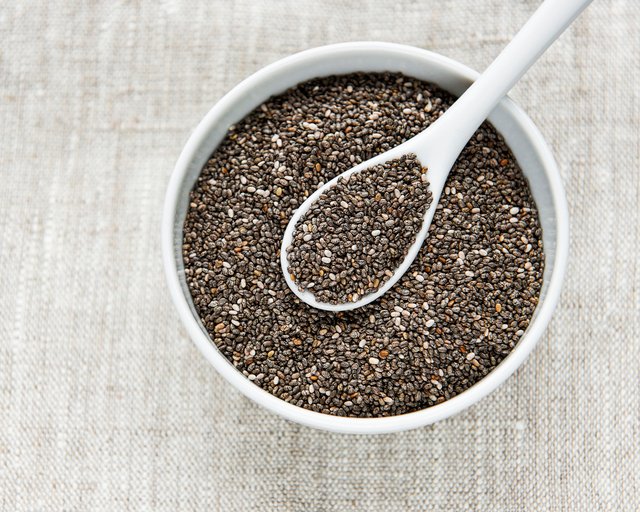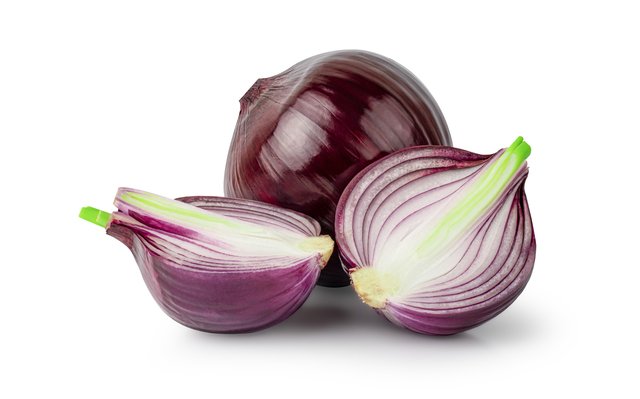4 Anti-Sunscreen Myths Dispelled By Health Experts On TikTok

-} Influencers on social media are promoting a risky anti-sunscreen movement.
-} There are a number of unfounded allegations made by the recent anti-sunscreen movement regarding the link between sun exposure, sunscreen use, and cancer.
-} Sunscreens with mineral or chemical bases are both safe; none is harmful.
Summertime brings more sunshine, which can raise the risk of sunburn on your skin.
Although it’s crucial to protect your skin when outdoors, social media influencers are promoting an uninformed anti-sunscreen movement that suggests avoiding sunscreen entirely.
Millions of people have viewed some of these deceptive posts, which may make people curious about the subject.
Glam, a firm that uses Google Trends to analyse search volume data, reports that in late May, traffic spiked for multiple questions about the links between sun exposure, sunscreen use, and cancer. These searches included:
-} Skin cancer caused by the sun: up 170%
-} Sunscreen-related cancer causes: increased 160%
-} Can sunscreen cause up to 110% of skin cancer cases?
-} Is sunscreen carcinogenic? Up to 70% of cases
In an interview with Healthline, experts refuted four of the most widely spread misconceptions about sunscreen use.
Myth: There Is No Evidence Linking Sun Exposure To Cancer.
Decades of epidemiological research have clearly demonstrated the connection between sun exposure and skin cancer, according to Dr Dino Prato, CEO and founder of Envita Medical Centres. People who spend more time in the sun are more likely to develop skin cancer, according to ResearchTrusted Source.
According to Prato, skin cells’ DNA is harmed by ultraviolet (UV) radiation from the sun, which can cause mutations that can lead to skin cancer.
“UV exposure causes havoc on the skin by producing free radicals that damage DNA, cause inflammation, and impair cell function.” According to him, skin cancer can result from genetic alterations known as mutations brought on by DNA damage, as reported by Healthline.
Skin cells that are overexposed to sunlight die because their damage is more than what the body can heal, according to dermatologist Susan Massick of The Ohio State University Wexner Medical Centre.
“This initiates an inflammatory response, causing blood vessels to widen and inflammatory cells to enter the scene to assist. You can get sunburned and not realise it because it usually takes 4 to 6 hours for an inflammatory reaction to occur, the source told Healthline.
The skin becomes red and swollen as soon as the inflammatory response begins. The skin feels heated as a result of blood vessel dilatation.
Your skin peels for several days following a sunburn because damaged cells eventually die off and flake off. According to Massick, skin cells that have been injured but are still alive are no longer able to shield the body from the weather.
These mutant cells are what survive, but with more sun exposure, they may develop into precancerous and ultimately cancerous growths. Thus, in addition to avoiding severe sunburns, you should also limit your exposure to the sun over an extended period of time, or chronic sun exposure, according to Massick.
As to the Skin Cancer Foundation, solar UV exposure is linked to around 90% of skin cancers that are not melanoma and 86% of melanomas. Additionally, indoor tanning, which employs UV radiation, is connected to more than 419,000 incidences of skin cancer in the United States annually.
Myth: Skin Cancer Never Strikes People Who Wear Sunscreen.
Dr. Gary Goldenberg, an assistant clinical professor at Mount Sinai Hospital and a medical and cosmetic dermatologist, compared this to arguing that wearing a seatbelt increases the likelihood of auto accidents.
“After applying SPF, people frequently have a false sense of security and stop using proper sun care techniques. However, he informed Healthline that research has demonstrated that using sunscreen in conjunction with other safe sun behaviours, such as donning a hat and sun protection apparel and finding shade, can actually reduce the risk of sunburn and UV skin damage.
Goldenberg further mentioned that a lot of research (Trusted Source) have demonstrated that merely using sunscreen reduces the quantity of precancerous skin lesions. This is as a result of the barrier effect it has, which prevents or absorbs harmful UV light.
Myth: As More People Began Using Sunscreen In The Late 1970s, The Incidence Of Skin Cancer Rose.
Although the number of skin cancer diagnoses has been steadily rising over time (Trusted Source), according to Goldenberg, this growth is not attributable to sunscreen use but rather to ageing populations, more people spending time in the sun for recreation, and greater awareness and diagnosis.
“The rise in temperature has undoubtedly been influenced by climate change,” he stated.
The following are some risk factors for getting skin cancer, according to the American Academy of Dermatology Association.
-} Having at least five painful sunburnsAges 15 to 20 are associated with an 80% rise in melanoma risk and a 68% increase in nonmelanoma skin cancer risk, according to Trusted Source.
-} Tanning bed use raises the risk of melanoma, especially early-onset melanoma (Trusted Source).
-} All forms of skin cancer are risk factors for those with easily burned skin, red or blonde hair, a history of sunburns from excessive sun exposure, usage of tanning beds, compromised immune systems, and a family history of skin cancer.
-} Those who have more than fifty molesLarge moles, unusual moles, or Trusted Source are vulnerable.
Myth: Sunscreen With A Mineral Base Is More Secure Than One With A Chemical Base.
Sunscreens with mineral or chemical bases are both safe; none is harmful. According to Massick, mineral-based sunscreens are made of naturally occurring mineral compounds like zinc oxide or titanium dioxide, whereas chemical sunscreens are made of chemicals. However, this does not always mean that the sunscreens are hazardous.
According to her, “chemical sunscreens tend to absorb and scatter the ultraviolet rays, so they protect along different pathways, whereas mineral sunscreens are physical blockers and reflect UV rays off the skin.” Although they are less likely to result in rash or skin irritation than some sunscreens for those with sensitive skin, mineral sunscreens are not inherently safer.
She advised consumers to prefer mineral sunscreens over chemical sunscreens as a result, “but not because of any concerns regarding toxicity or overall safety, but more because people tend to get more skin rash and irritation from some of the chemical ingredients in chemical-based sunscreens.”
She advised folks to stay away from perfumes, smells, and sunscreens that tend to irritate their skin.
Prato went on to say that because of their detrimental effects on marine habitats, oxybenzone and octinoxate Trusted Source should be avoided. Furthermore, the Food and Drug Administration (FDA)Trusted Source has declared that PABA (para-aminobenzoic acid) is no longer safe and effective for use in sunscreen as of 2019.
Keep track of aerosol sunscreen recalls.Prato cautioned against using Trusted Source that contain benzene, which can be breathed in or absorbed via the skin.
He stated, “High levels of benzene can cause headaches, dizziness, and even death when exposed to for a short period of time.”
Advice On Sunscreen Purchases
-} Take into consideration these suggestions from Massick as you browse the many sunscreen options:
-} The more zinc oxide and titanium dioxide there is in the mixture, the more efficient the mixture is at physically blocking UV radiation.
-} wide range For complete protection, UVA and UVB protection are required.
-} Select a sunscreen that provides at least 80 minutes of water resistance.
-} Try to get SPF 50 or above.
-} Better protection does not always come at a higher cost.
-} Examine the expiration date.
According to Prato, “it is also beneficial to choose products that suit your skin type, such as hydrating formulations for dry skin or oil-free options for oily skin.”
Visit the Environmental Working Group for a yearly guide on sunscreen product safety and effectiveness (EWG).
Additional Strategies To Shield Oneself From The Sun
-} Other actions that can help shield you from the sun, in addition to using sunscreen, are as follows:
-} using shade, parasols, and umbrellas to block the sun.
-} putting on swimwear, skirts, leggings and shirts with UPF protection
-} wearing a hat with a wide brim that covers your scalp, neck, and ears
-} Donning sunglasses of superior quality that provide complete UV protection against all UV light
-} Keeping indoor activities to a minimum between 10 a.m. and 3 p.m.
Petro advised taking into account additional elements such as self-screening, visiting a dermatologist annually for skin examinations, and boosting antioxidants in your diet, such as zinc, selenium, beta carotene, lycopene, omega-3 fatty acids, and vitamins C, E, and A.
He advised avoiding foods that weaken the immune system and promote inflammation. He also mentioned the benefits of gradually increasing sun exposure because vitamin D is also vital for human health.






